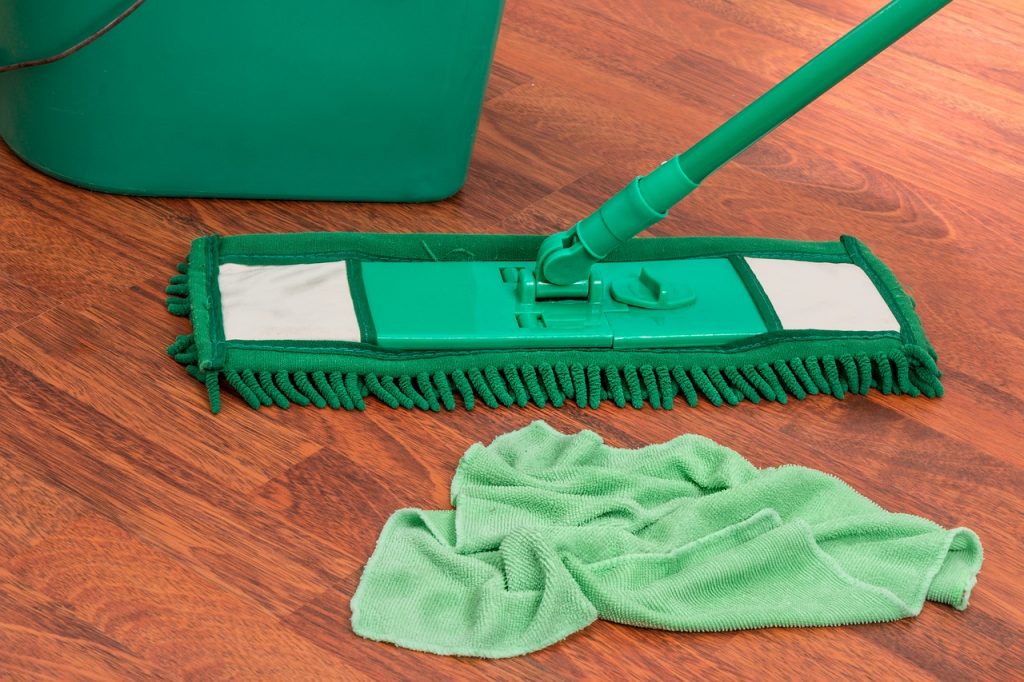Sponsored article
Wood, although its natural beauty cannot be denied, is a demanding material and has its own needs which should not be forgotten. Proper care of your wooden floor will make it a real eye-catcher for many years, however, if neglected, it will quickly cease to look phenomenal. But how to properly care for a wood floor? We answer this question.
This is an important issue and it’s worth mentioning at the outset. If you use your floor for its intended purpose, it’s often impossible to avoid dirt from outside, such as sand, mud or soil. Even if your parquet is not at the front door, it is still exposed to spilled drinks, the possible presence of pets in the house, or the mischief of small children. No matter how tidy you are and how careful you are about wiping your shoes on the doormat, sooner or later it will be time to clean the floor
What should you consider when cleaning a wood floor? First of all, don’t use a lot of water. In the long run, this will lead to damage by dampening and swelling of the wood. Just take a slightly damp floor mop, or a thoroughly wiped cloth, and wipe the gently soiled surface.
Once every two months, your wooden floor deserves a special treatment. It serves you every day, so it’s only natural to return the favor with a little care, or more specifically, polish. It’s not difficult. All you have to do is get rid of the furniture and carpets, vacuum the floor and mop it up with a slightly damp mop, and then you can get to work. Applying a specialist polish to the wood will not only strengthen the lacquer coating, but will also add depth to the color of the parquet and give it an extra shine. Remember, however, that you need to give your freshly polished floor 24 hours to dry before you step on it. Take this into consideration before you decide to polish your floor.
It’s easy to look after a varnished wooden floor, but how do you go about oiled parquet? It is not more difficult. It is enough to take care of it once every two or three months using a specialised agent recommended for this type of flooring. Using the product and a soft cloth, you can refresh the look of the wood and protect it from scratching for the next two months

Caring for a wood floor isn’t just about polish, gentle mopping and using specialist products to protect this demanding material. When deciding on a wood floor for your home, you also need to pay attention to the temperature and humidity in the room. At low humidity and high temperatures, dried out boards will shrink, which will definitely not have a positive effect on your interior design. The opposite happens when the temperature is too low and the humidity too high. The wood swells and the floor begins to look unsightly
Daily use of furniture can affect the appearance of a wood floor. It may or may not! If you don’t want to scratch the boards, stick felt pads onto the legs of a chair, table or chest of drawers, which will allow you to use the room without damaging the floor. Even wood that has been treated with a specialised product and is regularly maintained will not be immune to heavy furniture movements or intense use, such as in the case of dining room chairs. It is better to take care of proper protection in the form of felt beforehand rather than look for a solution to unsightly scratches on your wooden floor on the Internet later.